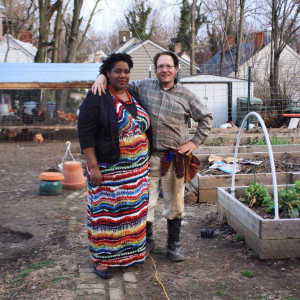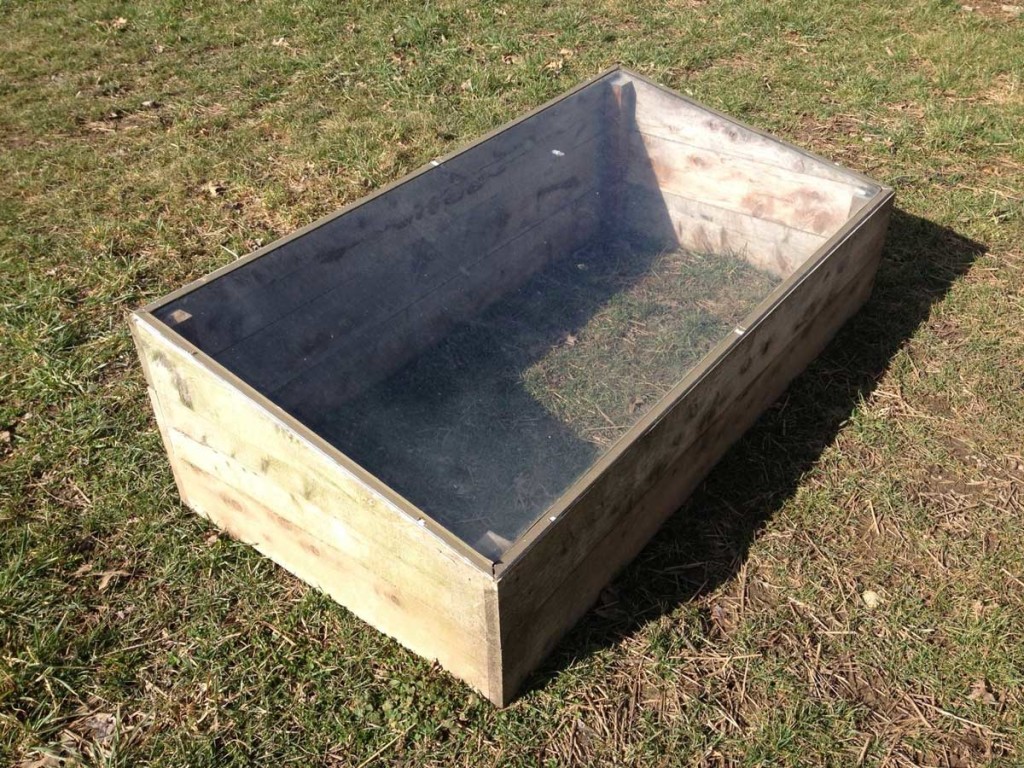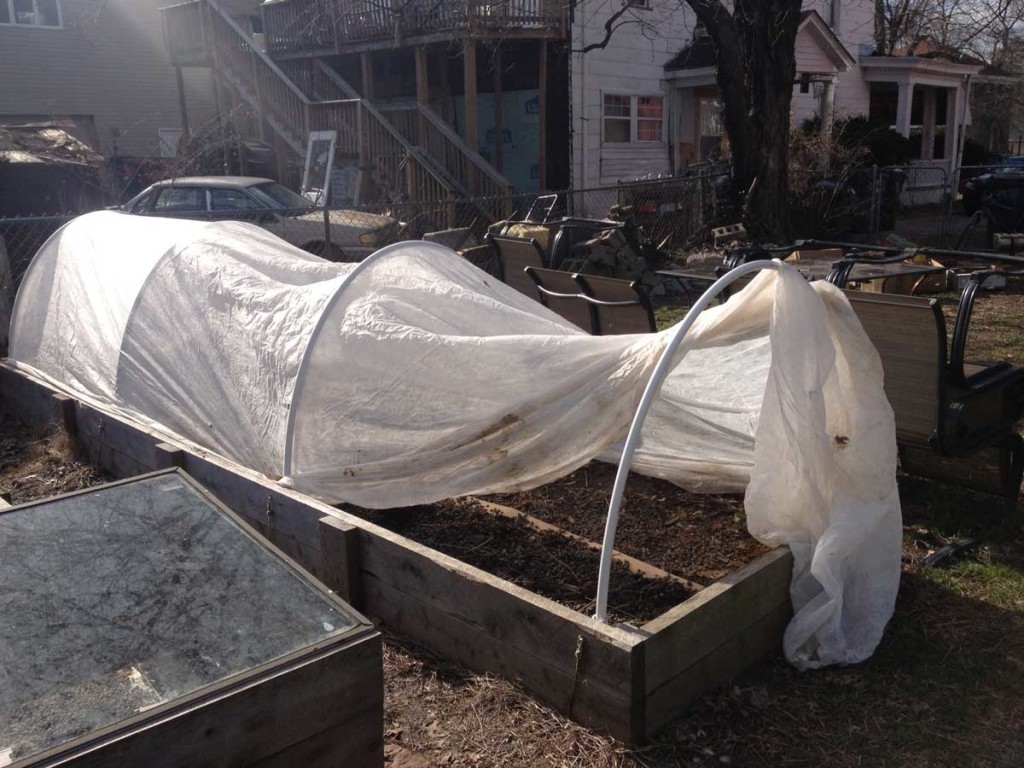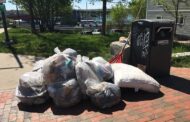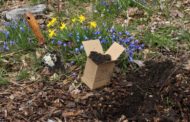AMOS FARM: Getting Started Early
by Christian Torp
“The secret to getting ahead is getting started.” -Mark Twain
We could all do with more time, unfortunately, I don’t know of any (legal) way to do that, but that’s not true for gardening! It IS possible to give your garden more time and a longer, more productive life.
Plants require three things and depend on a fourth: light, water, carbon dioxide and the proper temperature. With proper manipulation the life of your garden is in your hands.
Light: Photosynthesis depends on the availability of light both in regard to day length and intensity. Each type of plant has it’s own requirement; i.e. day length is not critical to the production of tomatoes, while “hemp is a short-day plant, it flowers promptly when day lengths are less than 14 hours and very slowly or not at all when day lengths are greater than 14 hours.” (The Yearbook of Agriculture; 1943-1947, USDA)
Water and Carbon Dioxide need not be specially manipulated to extend the growing season.
Temperature: Photosynthesis occurs at its highest rate between 65° and 85° and plant vigor and survival are dependent on temperature, although each family of plants has an optimal temperature range outside of which they will not survive.
While cole crops (Brassica, i.e. cabbage, broccoli, mustard, collard, brussels sprouts) prefer daytime temperatures of 65°-80° some of them will stay perfectly healthy even with night temperatures down to 20° after the plants are established.
Warm season crops grow best at 86° with a minimum of 60°; a week below 55° will permanently stunt their growth, and temperatures approaching freezing will kill them.
But how to do it?
Select the proper plants. To get an early start and last long into the fall choose the most suitable crops. With the proper setup I’ve had collard greens and brussels sprouts survive all winter even down to 0° whereas solanaceous crops like peppers or tomatoes would require a heated greenhouse to do the same.
Mind your garden location. Given the significant change in solar position that occurs through the year at higher latitudes an optimal summer garden space might be the worst in the spring and fall.
Be aware of thermal mass. Growing plants in the ground is best in the fall due to the warmth of the earth, likewise, in the spring the earth will remain cooler than a pot above the ground will, except possibly during the night. Growing a plant in a container reduces it’s cold tolerance by about 20°.
And now for the fun: ways to manipulate light and temperature.
Lighting: Without artificial lighting ensure that your garden location and angle is giving your plants as much sunlight as can be had.
Temperature: Oh, all the ways it can be changed! Be creative in how and with what you try these methods and don’t be scared of doing some online research and using and recycling whatever you can.
Some of these methods are more costly (i.e. high tunnels). Others cost but a few dollars and can be just as effective, such as the cold frame pictured made from an old storm window and scrap lumber or a low tunnel of Reemay with sections of 3/4” or 1” PVC.
Cold Frames: A transparent roofed enclosure that admits sunlight during the day and prevents heat escape at night like a miniature green house.
Hot Beds: A cold frame with a heat source, being either decaying organic matter (typically manure) or electric.
High Tunnel (“Hoop House”, “Polytunnel”): A full size, unheated greenhouse typically using half-rounded metal hoops covered with translucent polyethylene.
Low Tunnel: A miniature version of a high tunnel with metal or PVC tubing bent into rounded hoops and covered with either polyester row covering material — such as Reemay, Agribon — or with 1.0-1.5 mil thick plastic (be careful with the plastic, monitor moisture and heat on sunny days).
Floating Row Covers: Fabric like material, typically spun-bonded polyester laid over plants.
Cloches: A covering protecting individual plants; originally taking the form of glass bells a milk jug or 2-liter bottle with the bottom cut off works.
Water Wall: A commercial product combining the idea of a cloche with water filled walls to act as heat-sink, insulator.
Black Plastic Mulches: Work to absorb more solar radiation during the day and transfer that heat to the soil beneath.
Try these out and have fun, just ‘cause it’s still freezing outside doesn’t mean that you can’t get started!
Christian L. Torp is an attorney, missionary, activist, urban-farmer and advocate for social change who lives at Justice House (Facebook: Justice House) with his wife, Tanya in Lexington, KY. If you have any questions or comments for Christian, or there’s something you’d like to know more about, please reach out to him at theamosfarm@gmail.com.

